Definitely! Check out the Suspension Lines video to hear Doll’s recommendations for where to attach. We have a forthcoming suspension sequence tutorial using this harness, so stay tuned!
Shibari Study Support
Berlin, Germany
Replied on Doll's Bamboo Harness | Added Support
Replied on The Raven
Replied on Third Rope | TK Tutorial & Suspension
Replied on Third Rope | Chest Harness
Replied on Scarlet Letter A | Class
Replied on Stemless Third Rope | Tasuki
Replied on Tenshi Harness | Suspension Lines
Replied on Double-Column Tie
Replied on Single-Column Tie


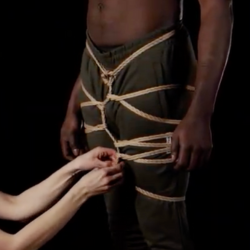



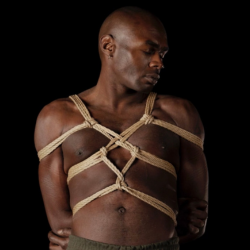

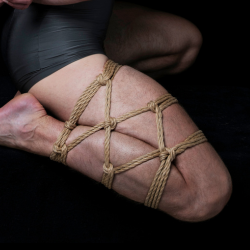
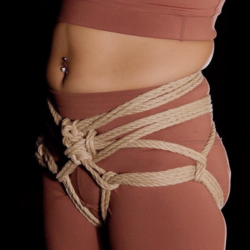



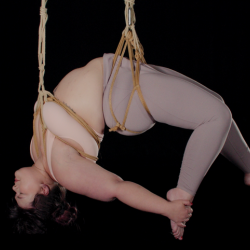
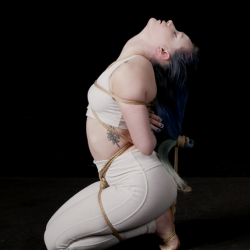
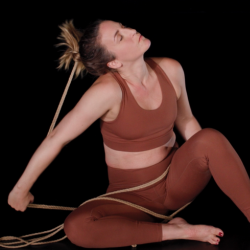





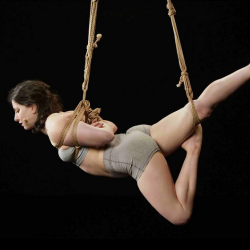
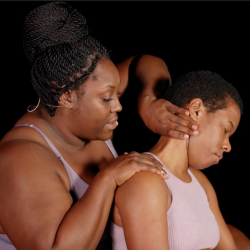



Replied on Doll's Bamboo Harness | Suspension Lines
15 Sep 20:36
We actually have a forthcoming suspension sequence tutorial using this harness, so stay tuned!